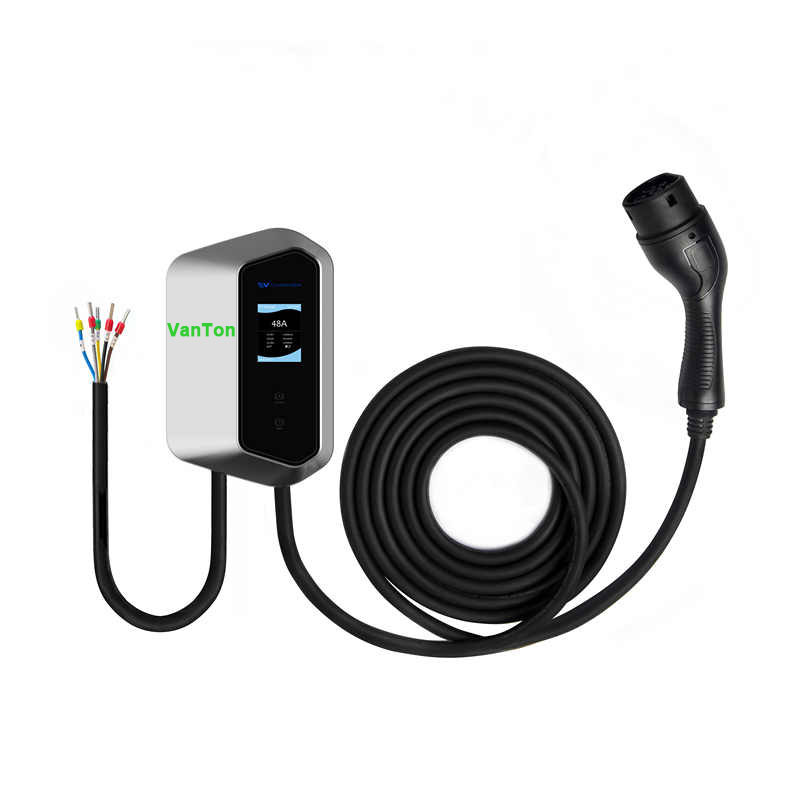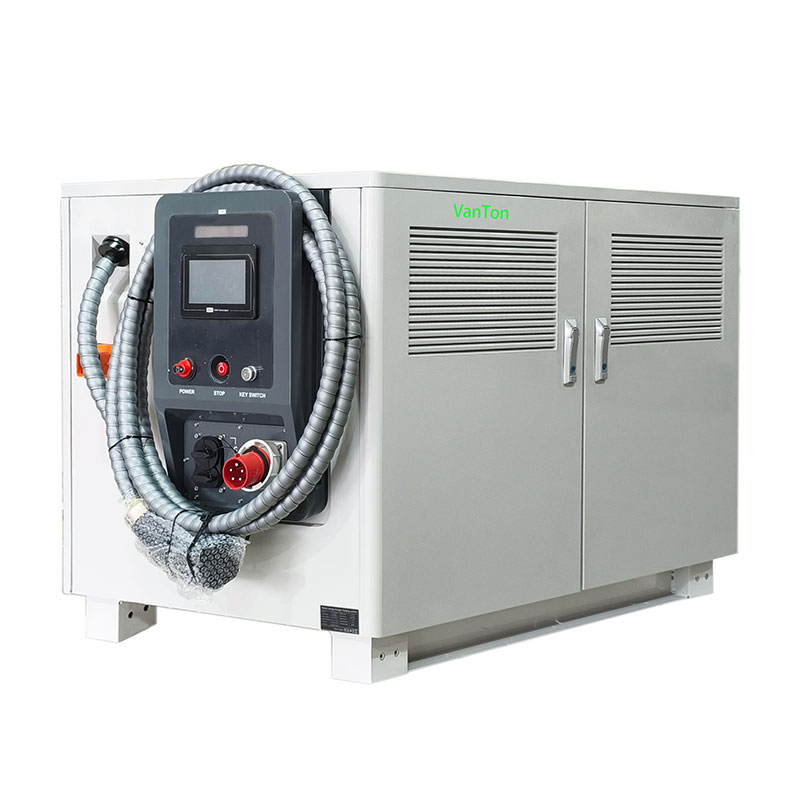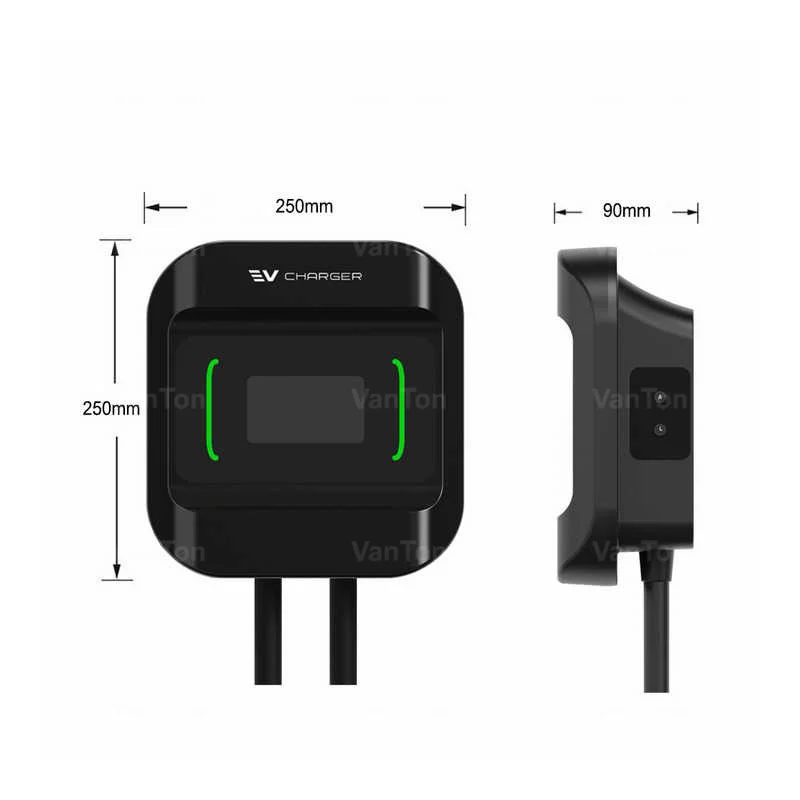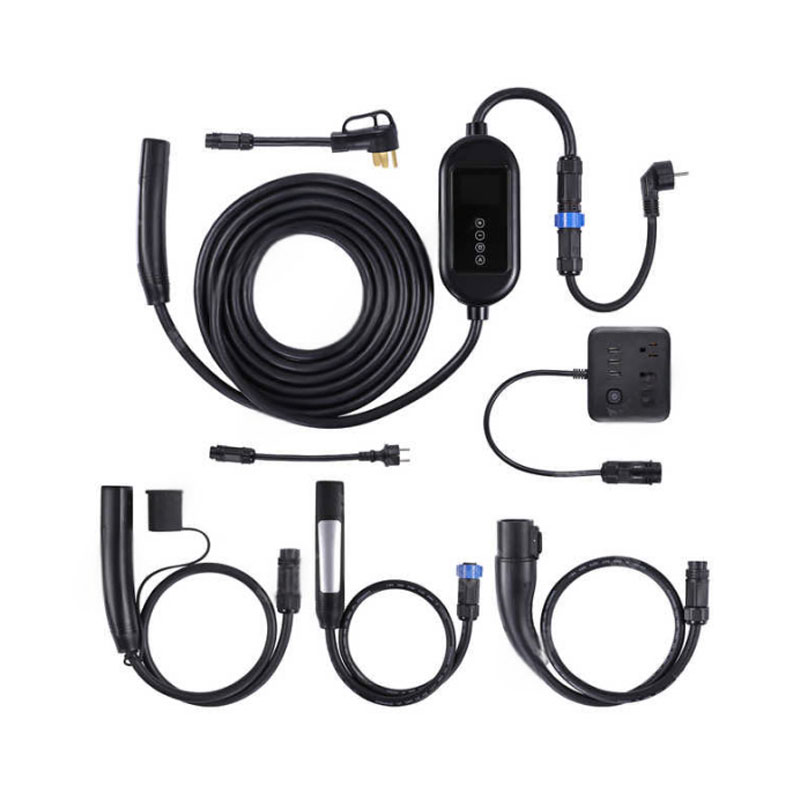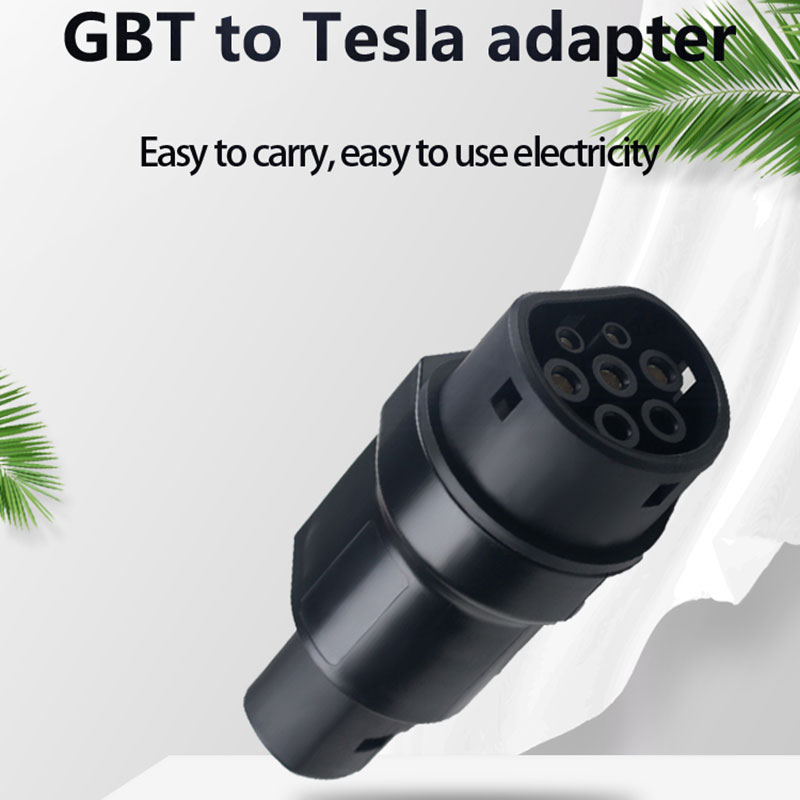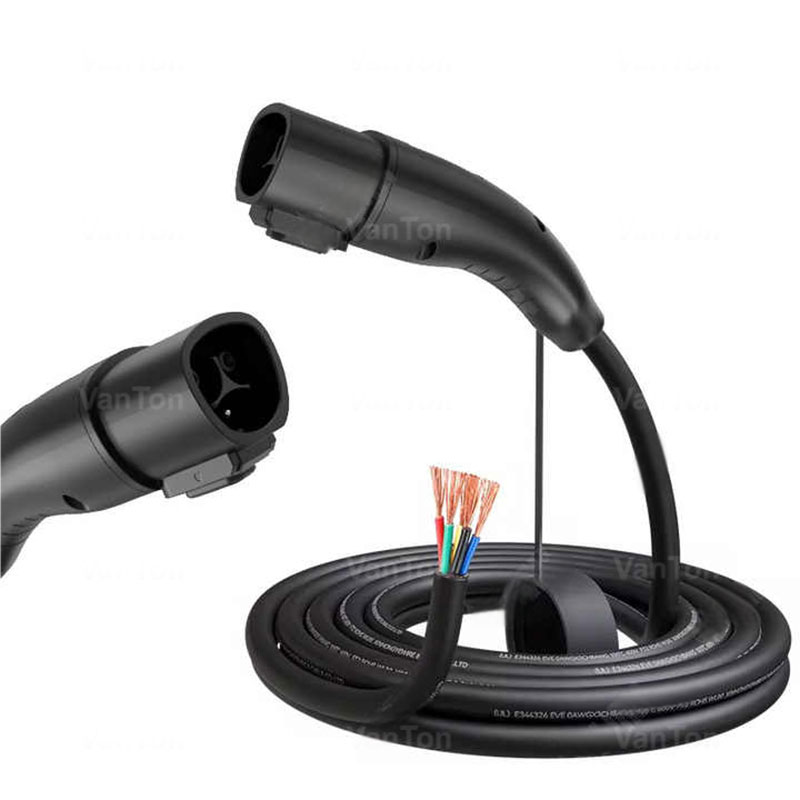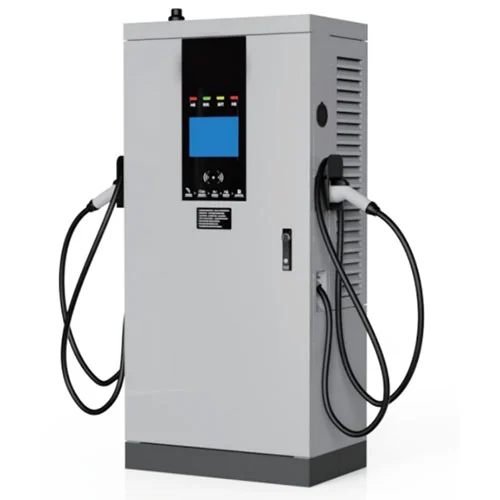Why Choose the Right Charging Gun Cable for Your EV?
With the global shift toward electric mobility, the charging gun cable has become an essential component for every EV owner and charging station operator. Whether you are setting up a home charging solution or managing a commercial charging network, selecting the right charging gun cable ensures safety, efficiency, and long-term durability.
A charging gun cable connects the electric vehicle to the power source, transferring electricity safely and efficiently. While it may look like a simple cable, its engineering involves precision materials, strict safety standards, and advanced insulation technologies to withstand high currents and diverse environmental conditions.
Key Functions of a Charging Gun Cable
-
Power Transfer: Delivers stable AC or DC power from the charging station to the EV battery.
-
Data Communication: Enables intelligent communication between the vehicle and charger for voltage regulation and charging safety.
-
Safety Protection: Features advanced insulation, temperature resistance, and fireproof materials to ensure safe charging under various conditions.
Types of Charging Gun Cables
There are two main types based on charging speed and power delivery:
| Type | Charging Mode | Current Type | Power Capacity | Use Case |
|---|---|---|---|---|
| AC Charging Cable | Slow to Fast Charging | Alternating Current | 3.7kW – 22kW | Home & public AC stations |
| DC Charging Cable | Ultra-Fast Charging | Direct Current | 50kW – 350kW | High-power public charging hubs |
How to Choose the Best Charging Gun Cable
Selecting the right charging gun cable is critical for optimizing charging speed, ensuring compatibility, and maintaining safety standards. The following factors should guide your choice:
Cable Length and Flexibility
The optimal length ranges from 5 to 8 meters depending on charging setups. A flexible yet durable outer sheath ensures easy handling without tangling, making it suitable for both indoor garages and outdoor public charging points.
Power Rating and Current Capacity
Choose a cable with a power rating that matches your vehicle’s onboard charger and the charging station’s capabilities. Undersized cables lead to slow charging, while oversized cables may unnecessarily increase costs.
Recommended Specifications:
-
AC cables: 16A to 32A, 3.7kW to 22kW
-
DC cables: 80A to 500A, 50kW to 350kW
Safety Certifications
Always choose cables compliant with international safety standards such as CE, UL, TUV, and RoHS. These certifications ensure resistance to overheating, fire hazards, and short circuits.
What Makes High-Quality Charging Gun Cables Stand Out
Not all charging cables are created equal. Premium-grade cables offer better efficiency, safety, and durability. Let’s break down what differentiates a high-performance charging gun cable:
1. Material Excellence
-
Oxygen-Free Copper Cores: Ensure superior conductivity and minimize power loss.
-
Thermoplastic Elastomer (TPE) Jackets: Provide flexibility while resisting extreme weather conditions.
-
Multi-layer Shielding: Reduces electromagnetic interference for stable data transmission.
2. Advanced Safety Features
-
Overheat Protection: Sensors monitor cable temperature and prevent damage.
-
UV and Flame Resistance: Suitable for outdoor environments with direct sun exposure.
-
Waterproof Design (IP55 to IP67): Protects against rain, dust, and humidity.
3. Enhanced Durability
High-end charging gun cables withstand 10,000+ plug-in cycles, maintaining stable performance over years of frequent use.
4. Smart Charging Integration
Modern EV charging relies on intelligent communication between the charger and vehicle. High-quality cables support:
-
Automatic current adjustment
-
Battery optimization
-
Real-time monitoring through charging station apps
Charging Gun Cable FAQ
Q1. How do I know if my charging gun cable supports fast charging?
Check the current rating and power output printed on the cable label. Fast-charging DC cables typically support 80A to 500A and deliver up to 350kW, while standard AC cables range between 3.7kW and 22kW. Also, confirm your EV’s onboard charger specifications, as charging speed depends on both the cable and vehicle.
Q2. Can I use the same charging gun cable for multiple EV brands?
Yes, as long as the connector type matches the vehicle’s charging port. For example, most European EVs use Type 2 connectors, while North American models favor Type 1. If you manage a charging station, consider investing in CCS Combo or multi-standard cables to maximize compatibility.
The charging gun cable is more than just a connector — it’s the backbone of efficient and safe EV charging. By understanding specifications, compatibility, and safety features, you can ensure your EV is powered reliably at home, on the road, or at commercial stations.
At VanTon, we specialize in delivering high-performance charging gun cables engineered for durability, safety, and optimal energy transfer. Whether you are an EV owner, a charging station operator, or an infrastructure developer, our solutions are designed to meet international standards and support the growing demands of electric mobility.
If you are ready to upgrade your EV charging experience or want expert advice on choosing the right charging gun cable, contact us today and let our specialists guide you to the best solution.
- Which DC EV charger helps me win more drivers and profit sooner?
- What Makes A DC EV Fast Charging Project Actually Work?
- What did I learn when a DC fast charger became part of my everyday business?<
- How fast is a DC EV charger?
- What Makes the GBT to Tesla Adapter a Game-Changer for EV Charging?
- What Can a Portable AC EV Charger Deliver?



